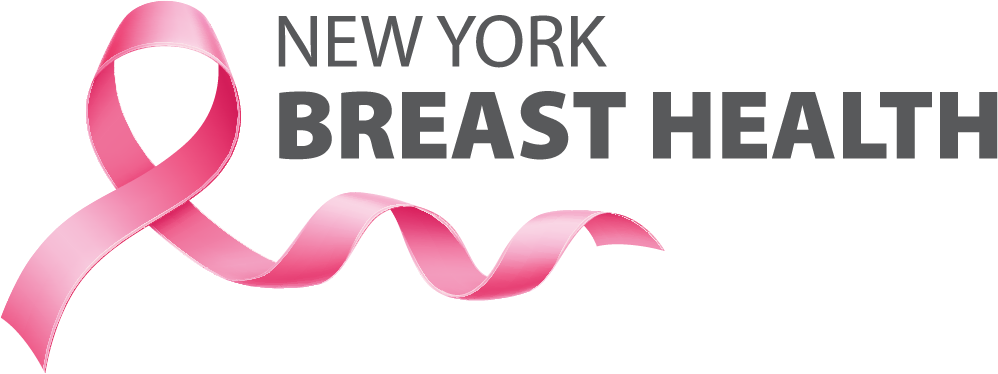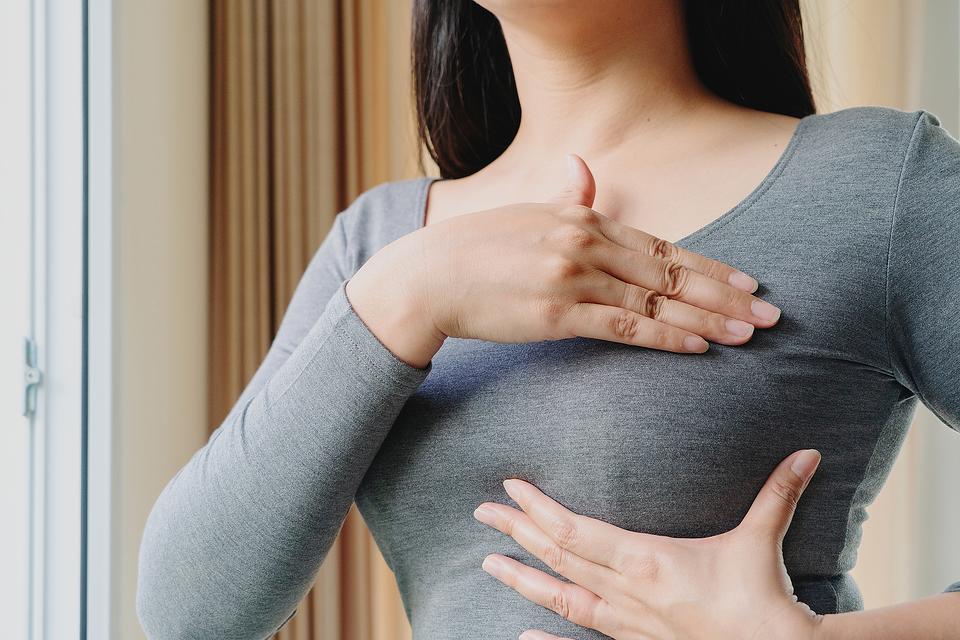Get to Know Your Breasts
The most important tool you have in the fight against breast cancer is your ability to recognize when something doesn't feel right. But to spot abnormal changes, you have to know what normal feels like so that you can tell that something isn't right when a change occurs. While some changes are pronounced (lumps and bumps, redness, discharge), others are subtle and easily overlooked until they've become concerning enough to merit further investigation by your doctor.
Here are some tips to help you get to know your breasts more, to detect when something is off.
The ABCD System
There are many signs and symptoms to look out for when it comes to breast cancer; an easy way to remember these is through the ABCD system.
● A: Appearance. Do your breasts look or feel different? Do you feel like you've lost weight when you weren't trying to?
● B: Bumps. Are you noticing any new lumps or bumps with or without pain in your breasts or armpits?
● C: Changes to the nipple. Does your nipple look different, or has any liquid been coming from it?
● D: Discomfort. Do you have any pain in your breasts that won't go away?
How Often Should I Check My Breasts?
There is no set frequency, and it will depend on your age and risk factors. A common recommendation is once a month for women under 40; if you have a family history of breast cancer or are at a higher risk because of your age or lifestyle choices, you may want to check more often.
Are There Other Ways to Examine My Breasts?
While examining your breasts in a mirror once a month is an excellent place to start, there are other tools you can use for self-examinations. It's important to note that it's crucial to examine both breasts, not just one — about 15 percent of all breast cancers show up on only one side. If you're unsure if something unusual is happening, your doctor can examine you. It would help if you also got regular mammograms (breast X-rays) from ages 40 and up.
Can Men Get Breast Cancer?
Though breast cancer is primarily a disease of women, men can get it, too. About 2,000 new cases are diagnosed in men each year. These signs and symptoms should not be ignored by men, as they could also face breast cancer health risks.
What Should I Do if I Notice Something Unusual?
If you notice something unusual, it's important not to panic but consult a medical professional. While there are many benign reasons for changes in breast tissue, such as pimples, redness, or pitting, it is important to check them out. In addition, the earlier breast cancer is diagnosed and treated, the more successful the treatment is likely.

